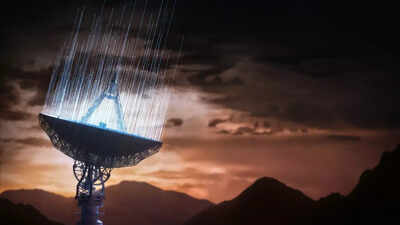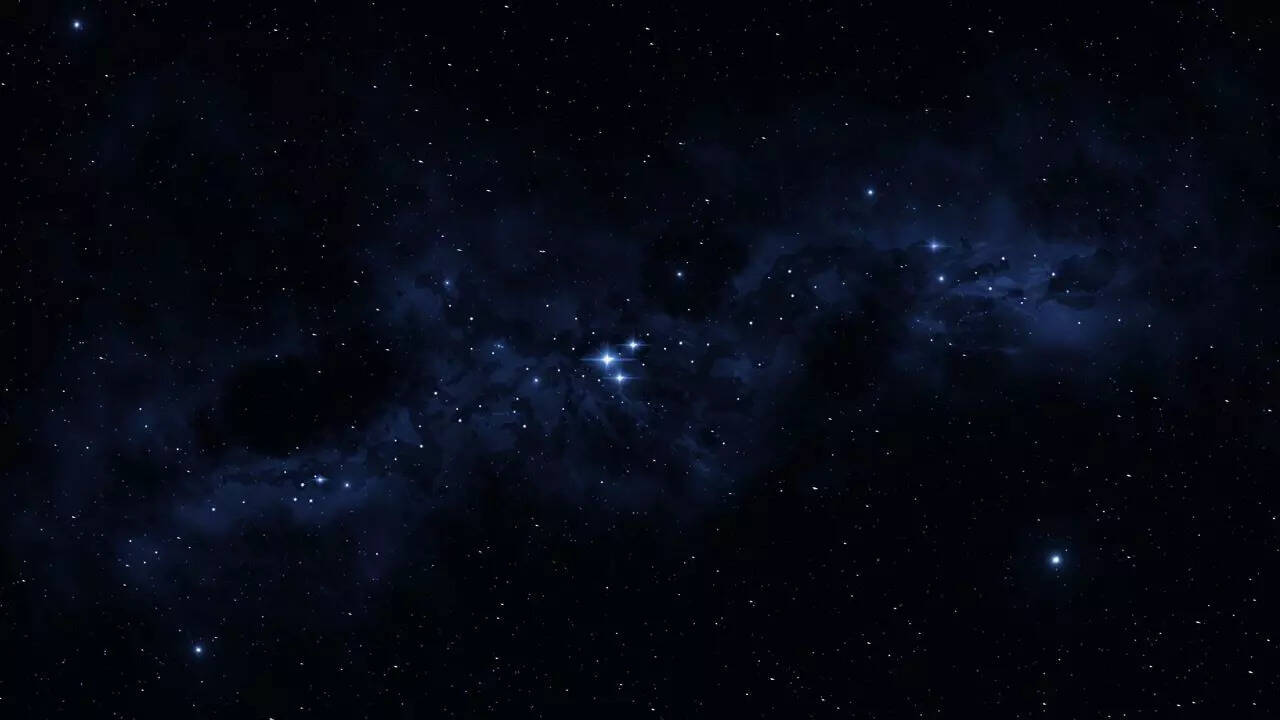ARTICLE AD BOX

The Universe is full of mysteries, and far beyond our Milky Way lies an intriguing and powerful phenomenon of pulsing radio waves, and their origin remains one of astrophysics’ most puzzling questions.
One is only compelled to think whether this is an unknown scientific phenomenon or a call from aliens!
Fast-repeating burst of radio waves was heard in space!
In June 2024, astronomers detected a cluster of sharp, repeating radio signals that stood out even in the fast-moving world of fast radio bursts (FRBs). Using South Africa’s powerful MeerKAT radio telescope, they traced the source of these signals—a cosmic event dubbed FRB 20240619D.On June 19, 2024, the initial discovery was made in the L-band (856–1712 MHz), with "three bursts being detected within two minutes in the MeerKAT L‑band," according to lead author Jun Tian of the Jodrell Bank Centre for Astrophysics, University of Manchester, as published in a study by Cornell University.One week later, follow-up observations expanded across multiple frequency bands, including Ultra-High Frequency (UHF), L-band, and S-band, and recorded a staggering 249 bursts. This intensity places FRB 20240619D among the most active repeating sources ever observed.

Planet Earth--Representative Image
Some bursts also faded away!
The team noted a clear preference in frequency, roughly three times more bursts occurred in the L-band than in the UHF or S-band, hinting that this FRB’s energy is strongest around that range.
Some of the pulses displayed a “frequency downward drift” as they faded—a phenomenon seen in other repeaters as well.Astronomers also took the assistance of optical counterparts using the MeerLICHT telescope, but found none. Tian’s team reported “no optical counterpart of FRB 20240619D” in their observations, placing limits on any optical signal relative to the radio energy.

Representative Image
Scientists theorize these signals may originate from exotic sources like highly magnetized neutron stars known as magnetars, possibly energized by starquakes or interactions with a companion object. The high repeat rate and polarization patterns in FRB 20240619D add valuable clues to these theories.FRB 20240619D is exceptional for its furious activity of emitting hundreds of fast radio pulses across multiple bands, and for offering a clear window into the behavior of repeating FRBs.



.png)
.png)
.png)
















 7 hours ago
3
7 hours ago
3








 English (US) ·
English (US) ·